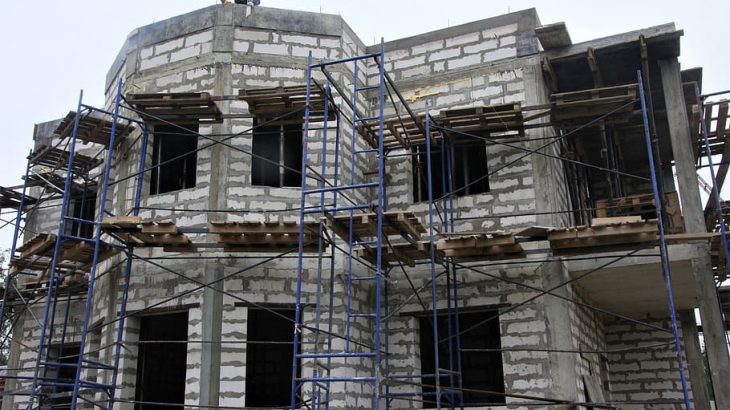Building a house is more than just laying bricks and mortar; it’s a complex process involving numerous stages, each critical to the project’s success. For building professionals, understanding these stages ensures that projects are completed on time, within budget, and to the highest quality standards. This article delves into the essential phases of a house construction project, offering insights and strategies for navigating each step effectively.
Initial Planning and Design
Conceptualizing the Dream
The construction journey begins long before the first foundation is poured. It starts with an idea—a vision of the home to be built. Architects and clients collaborate to translate this vision into detailed plans and blueprints. This phase involves considering the homeowner’s needs, the site’s characteristics, and local building codes to create a feasible and compliant design.
Securing Approvals
With designs in hand, the next step is obtaining the necessary permits from local authorities. This bureaucratic process ensures that the project meets zoning laws, safety standards, and environmental regulations. Building pros know that navigating this stage efficiently is crucial to avoid delays and additional costs.
Groundwork and Foundation
Preparing the Site
Groundbreaking marks the physical start of construction. Site preparation involves clearing the land, setting up temporary utilities, and ensuring proper drainage. This stage sets the groundwork for a stable and secure construction.
Laying the Foundation
The foundation supports the entire structure, making its precision and quality paramount. Whether it’s a slab, crawl space, or basement, the foundation must be laid with care, ensuring it’s level, solid, and waterproof.
Framing and Structural Work

Erecting the Skeleton
Framing is where the house begins to take shape. This stage involves constructing the skeleton of the home, including walls, floors, and roofs. It’s a pivotal phase where the building’s design becomes a three-dimensional reality.
Exterior Finishes
Once the frame is up, the exterior walls, roof, and windows are installed. These elements protect the interior from the elements and start to define the home’s aesthetic. Choosing durable materials and quality workmanship during this phase is vital for the building’s longevity.
Interior Systems and Finishes
Plumbing, Electrical, and HVAC
With the shell in place, it’s time to run the internal systems. This includes plumbing, electrical wiring, and heating, ventilation, and air conditioning (HVAC) systems. Coordination among different trades is essential to ensure that these elements are installed efficiently and without conflict.
Walls, Floors, and Ceilings
Drywall installation transforms the construction site into a house, defining rooms and spaces. Following this, interior finishes such as flooring, tiling, and painting give character and warmth to the home.
Final Touches and Inspection
Cabinetry, Fixtures, and Appliances
The installation of cabinetry, fixtures, and appliances marks the final stage of construction. These elements are the finishing touches that make the house functional and livable.
The Final Walkthrough
A thorough inspection by the construction team, and often a third-party inspector, ensures that everything is up to code and meets the project’s standards. This is the time to address any issues and make necessary adjustments before the keys are handed over to the homeowner.
Turning Plans into Reality
The construction of a house is a detailed and complex process, but understanding and navigating the stages effectively can lead to a successful project. For building professionals, mastering these phases means the ability to deliver quality homes that stand the test of time, fulfill homeowners’ dreams, and pave the way for future projects.
This journey from blueprint to building embodies the essence of construction—turning abstract ideas into concrete realities. It’s a testament to the skill, coordination, and dedication of the entire construction team. As each project reaches completion, it not only represents a new home but also the culmination of countless hours of planning, problem-solving, and teamwork.



















